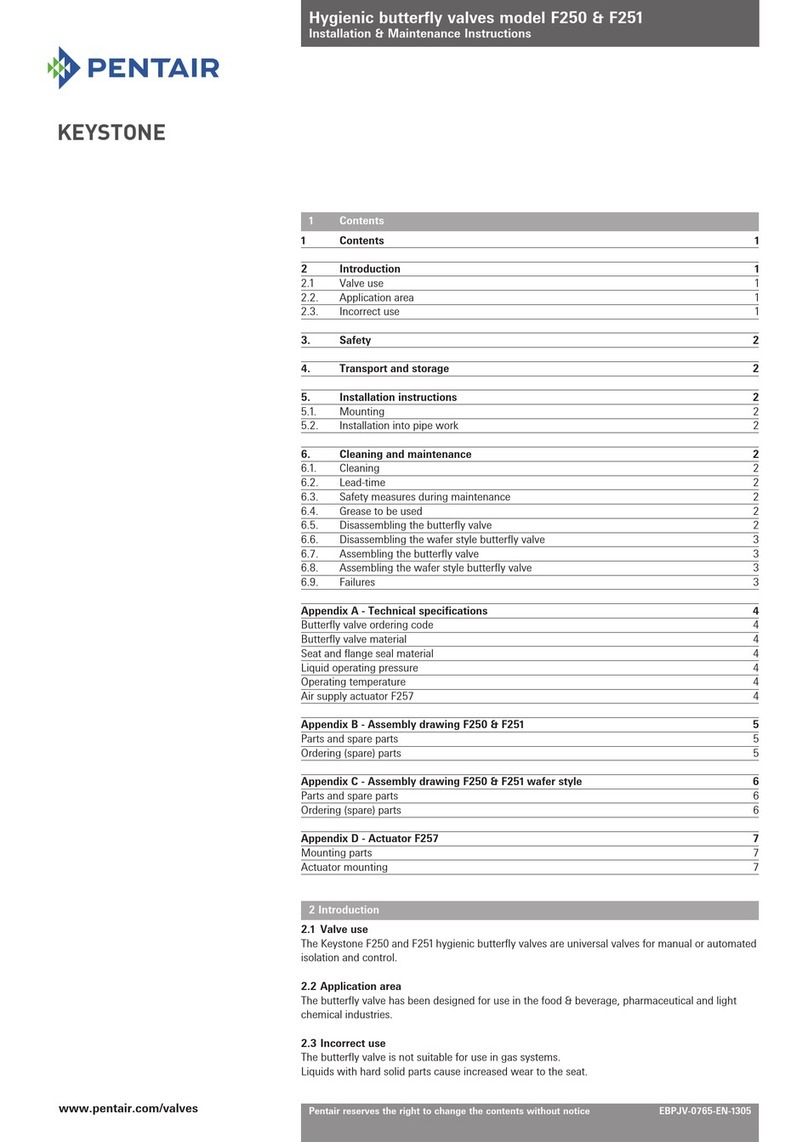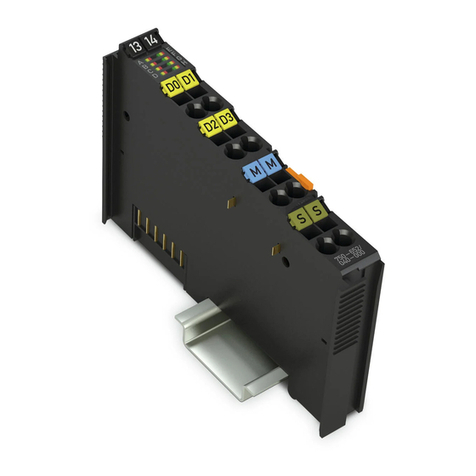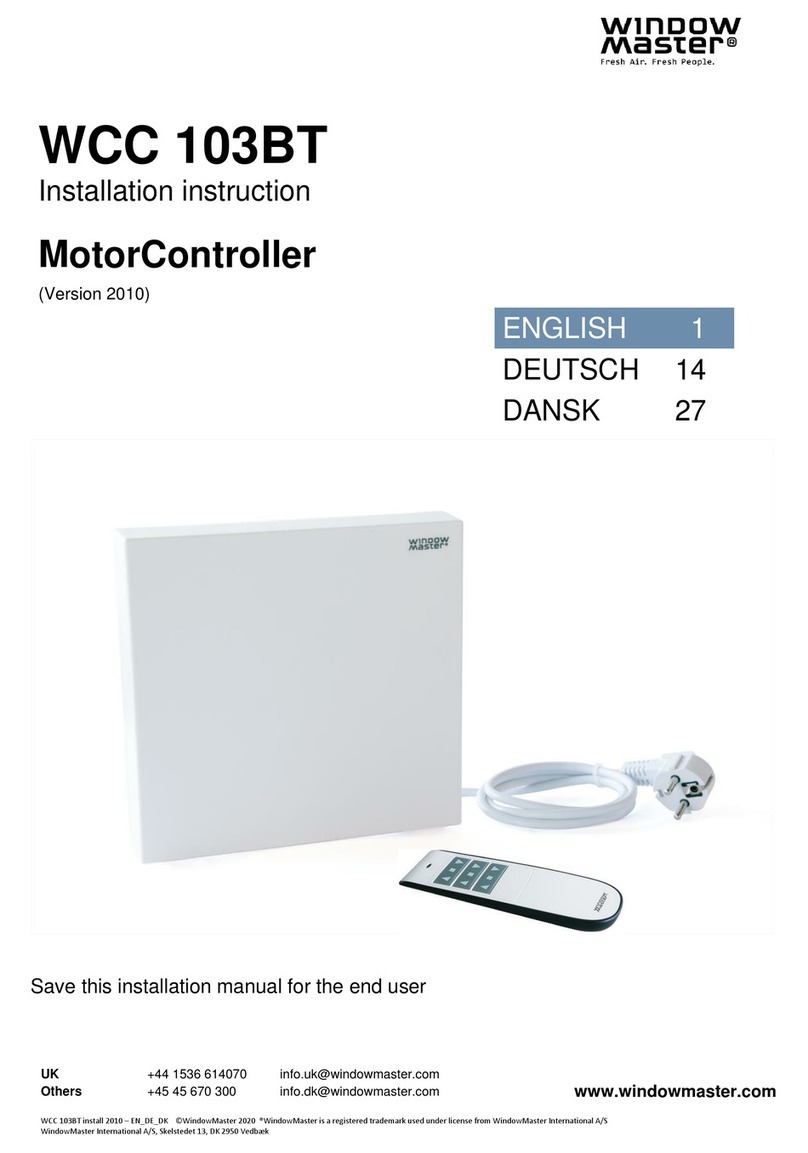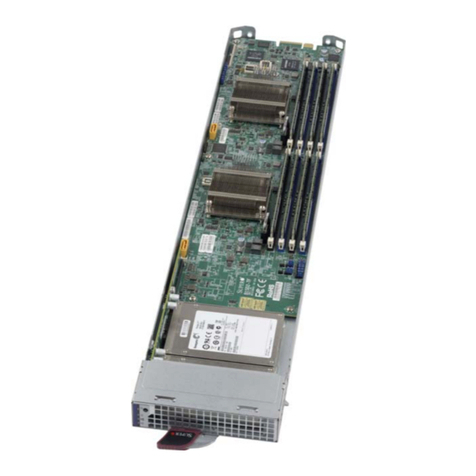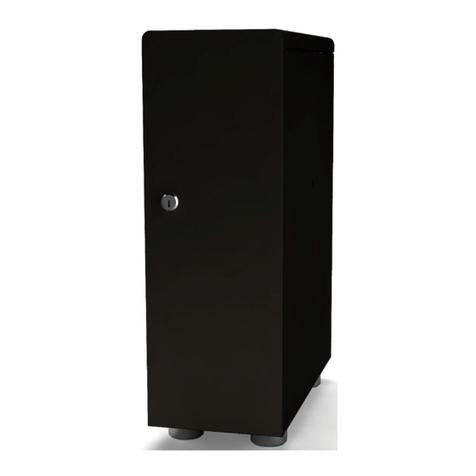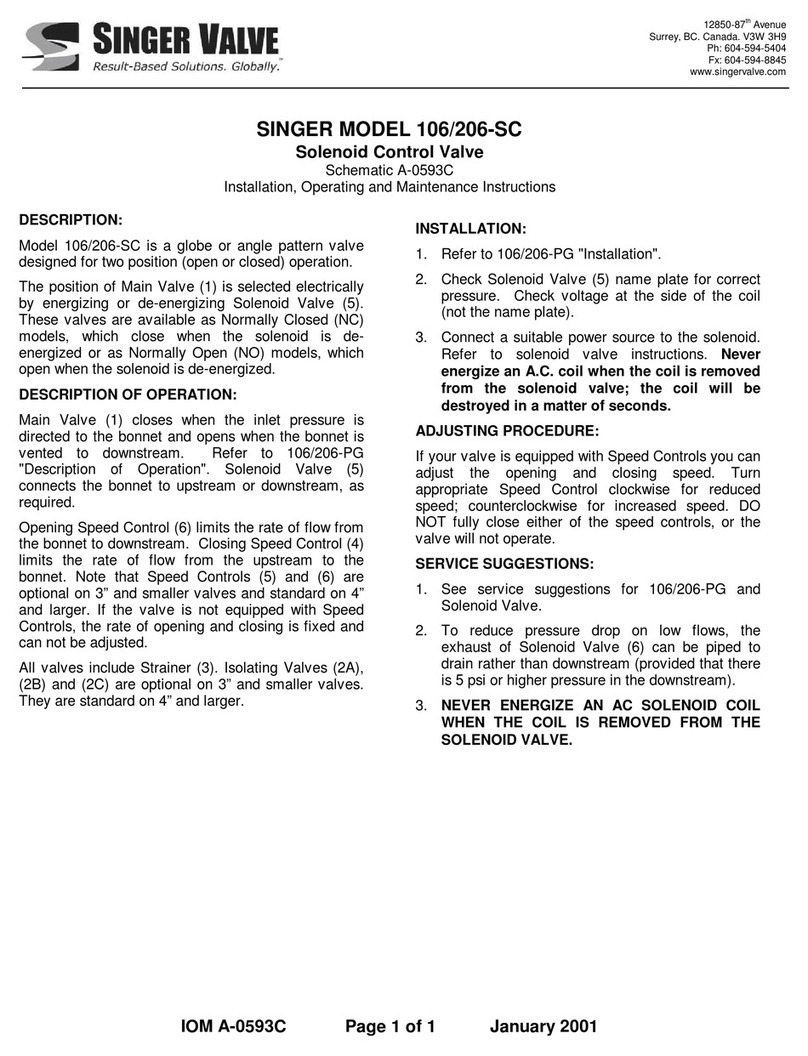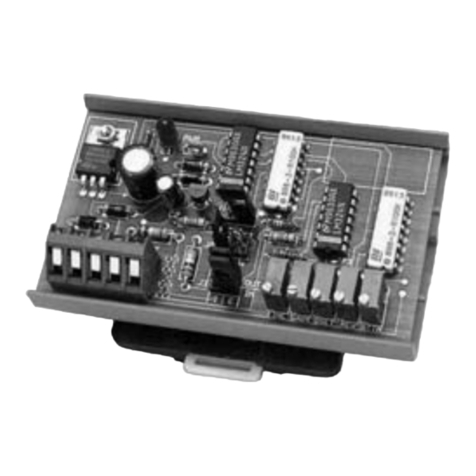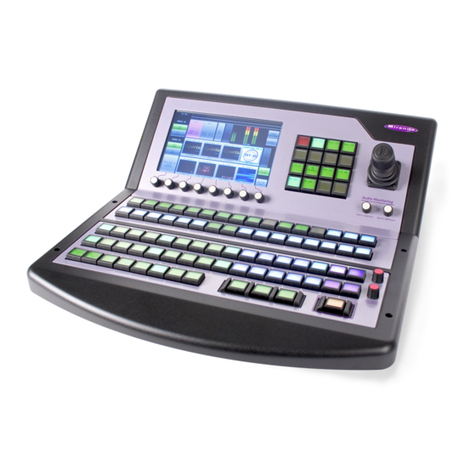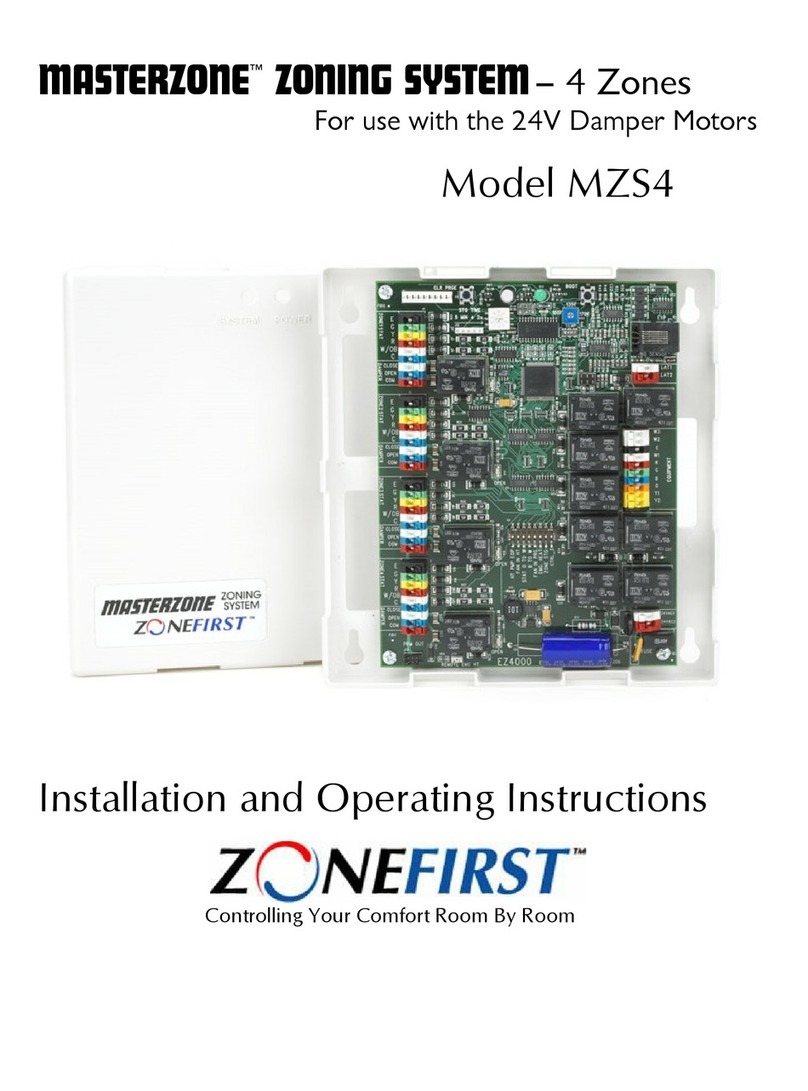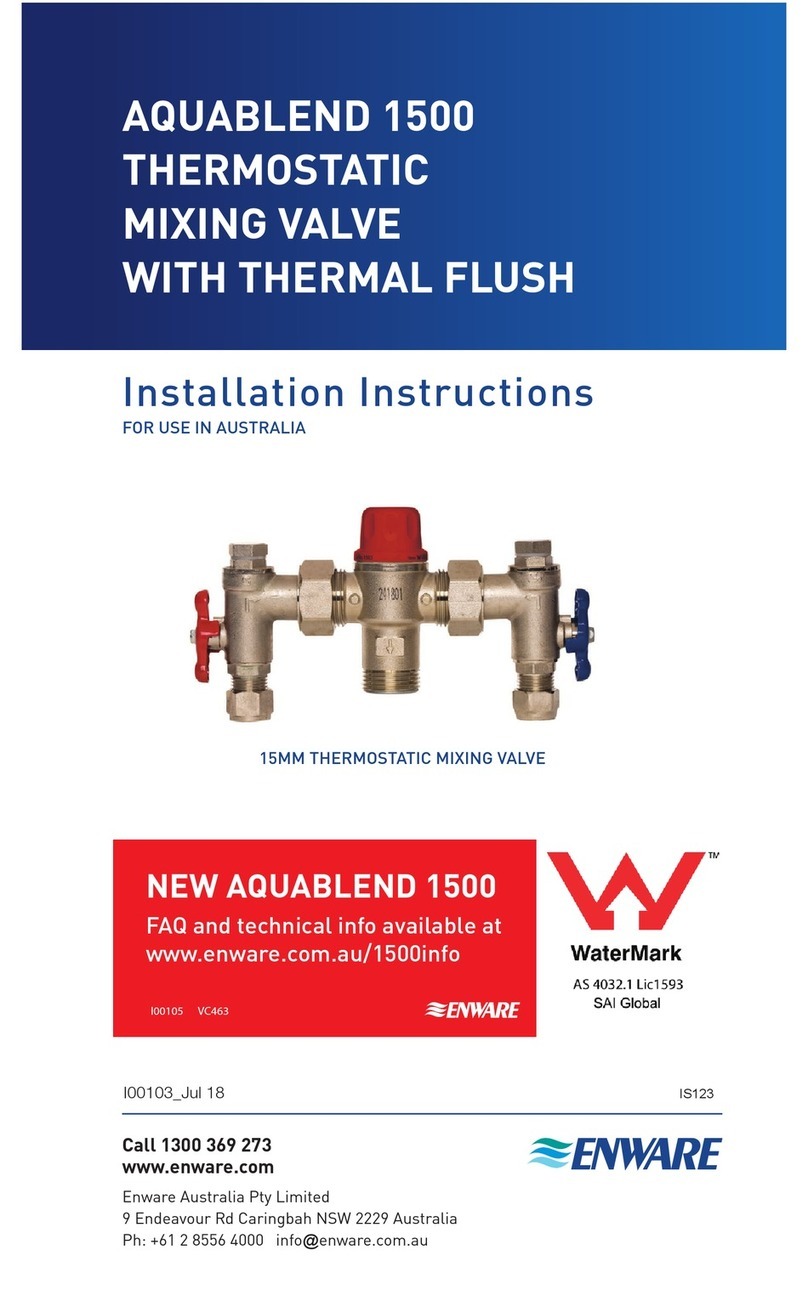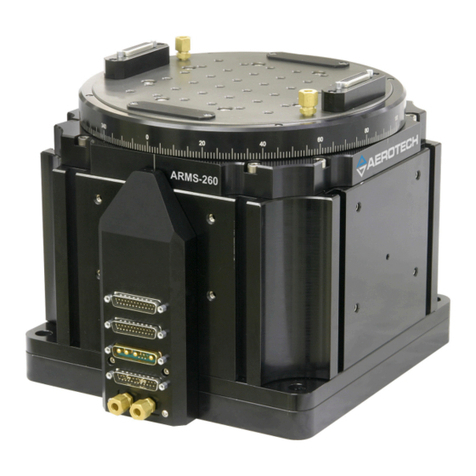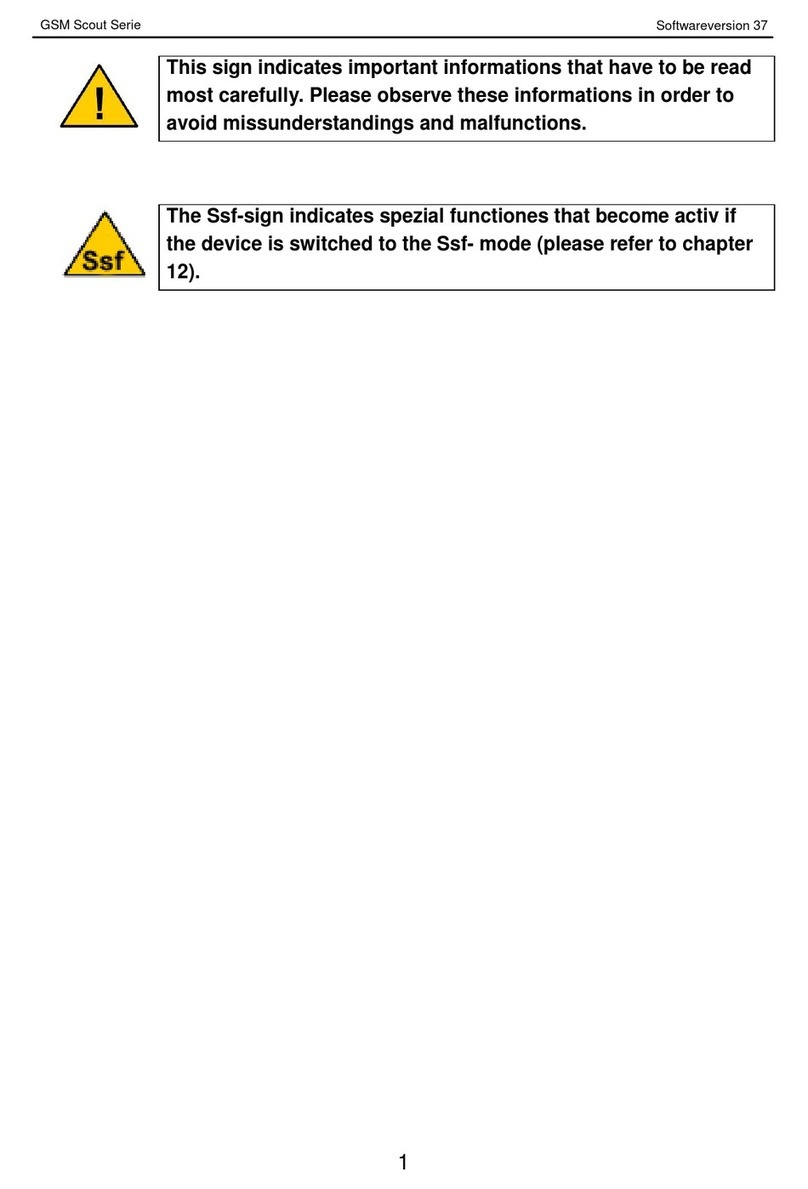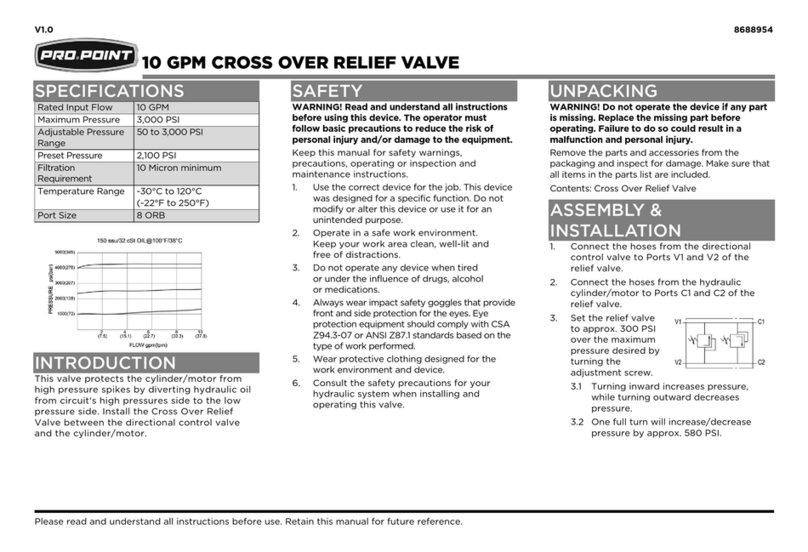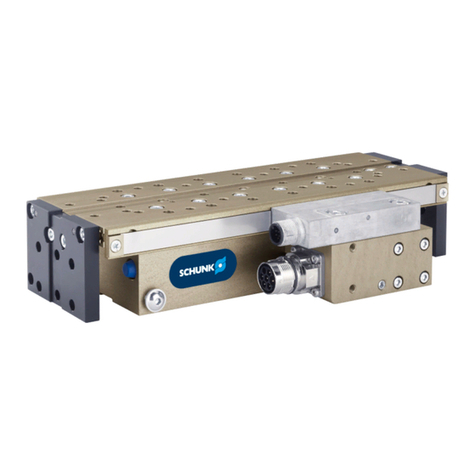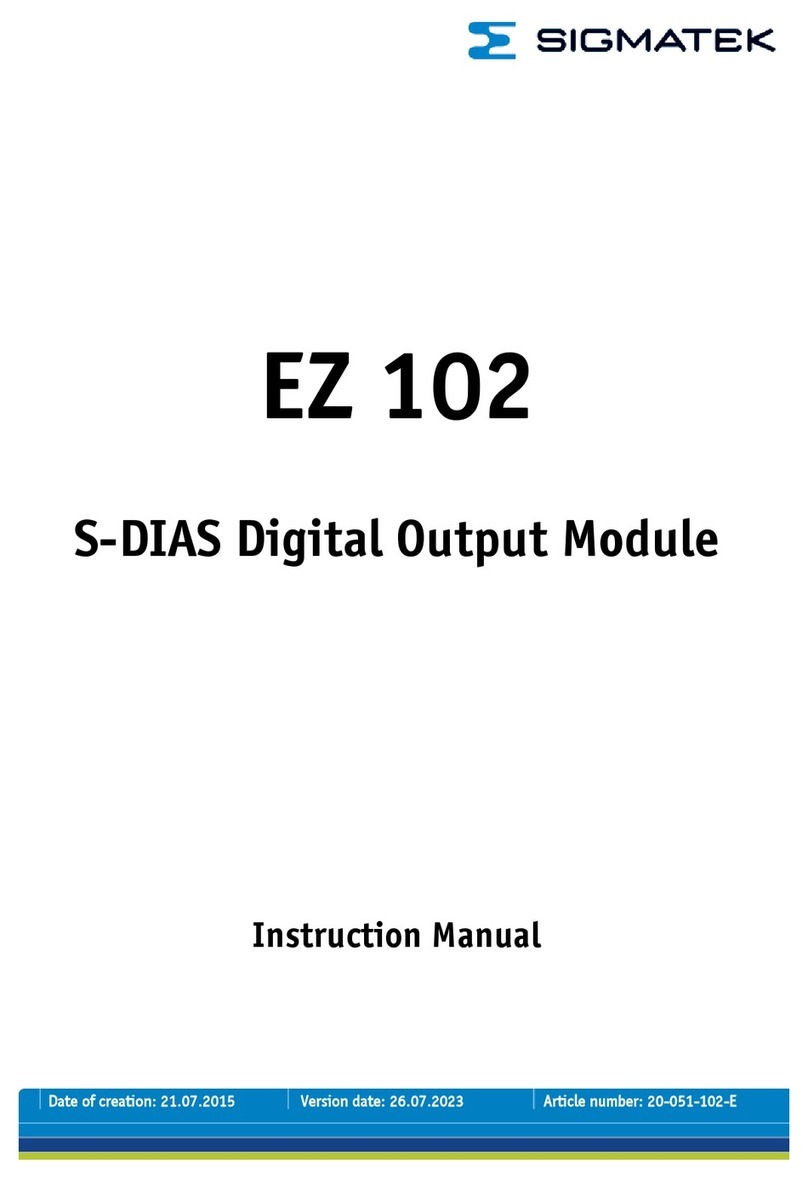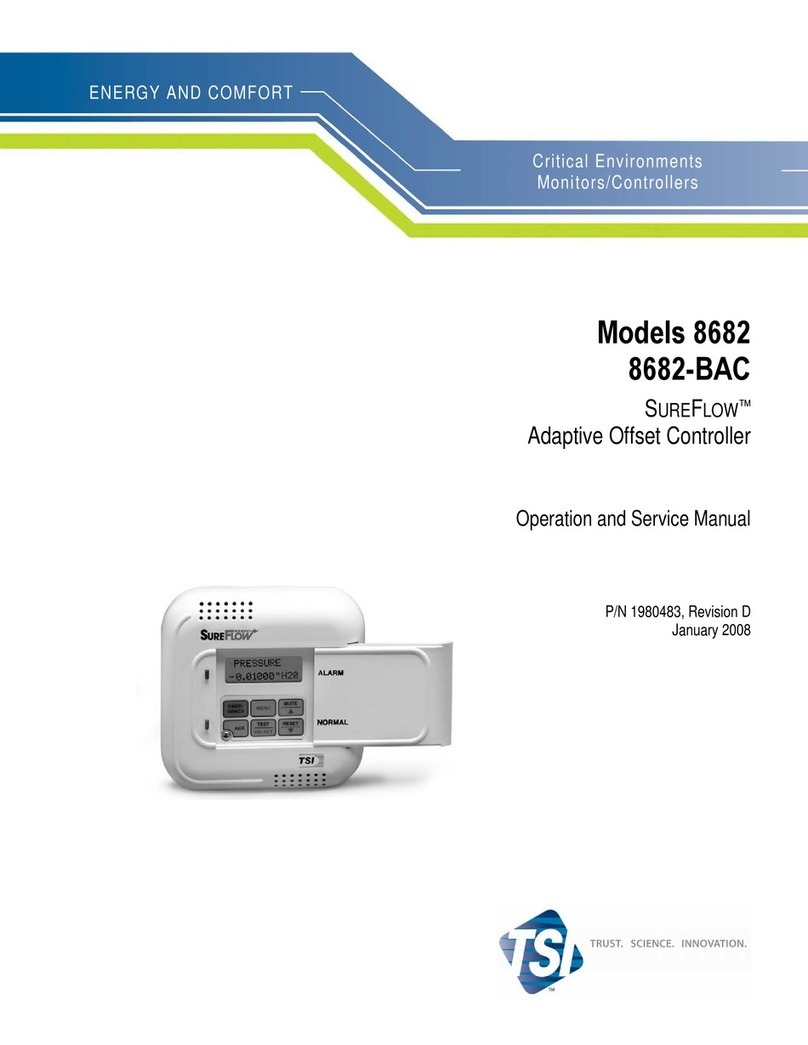www.enware.com
To ensure that the mixing valve operates correctly it is
necessary that the pipework is thoroughly ushed with
clean water before the valve is installed. This will remove
any physical contaminants from the pipework, ensuring
trouble-free operation. During the ushing procedure care
should be taken to prevent water damage occurrng to the
surrounding area.
It is required by AS3500.4 that “Each thermostatic mixing valve
shall have an isolating stop tap/valve, line strainer & non-return
valve tted to the hot and cold water supply lines”. The inlet
ttings supplied with each TMV will ensure this requirement is
met. If the ENWARE AQUABLEND 2500 Thermostatic Mixing
Valve is to be installed without the supplied inlet control valves
then it will be necessary to install a separate isolating valve, non-
return valve and strainer to both inlets to the valve. Strainers
must be tted to prevent any particulate contamination from
entering the valve. These strainers should be 60 Mesh stainless
steel. Isolating valves are required so that the water supply to the
valve can be isolated in the event that servicing is required. Non-
return devices must also be tted to both the hot and cold inlets
to prevent cross-connection.
Ensure that the test plugs in the top of the inlet ttings are tight.
The 4mm Allen key for adjusting the temperature can be used to
tighten the test plugs.
The valve should be installed so it can be accessed easily for
maintenance or servicing. The pipework to and from the valve
must not be used to support the weight of the valve. Saddle clips
or pipe support brackets must be used to mount the inlet control
valves and TMV rmly to a wall or rigid support structure. If the
inlet control valves are not used then a suitable support bracket
or saddle is required to support the weight of the valve. This is to
ensure that the pipework is not under load from the valve.
The valve can be installed in a wall cavity, under a basin or on a
wall, however it is essential that the mixing valve and inlet ttings
are easily accessible for servicing.
During installation or servicing, heat must not be applied
near the mixing valve and inlet ttings during installation
or servicing as this will damage the valve and inlet ttings
internals. Failure to comply with this requirement will damage
the valve and ttings. It will put the user at risk, and it will void the
warranty of the valve.





















